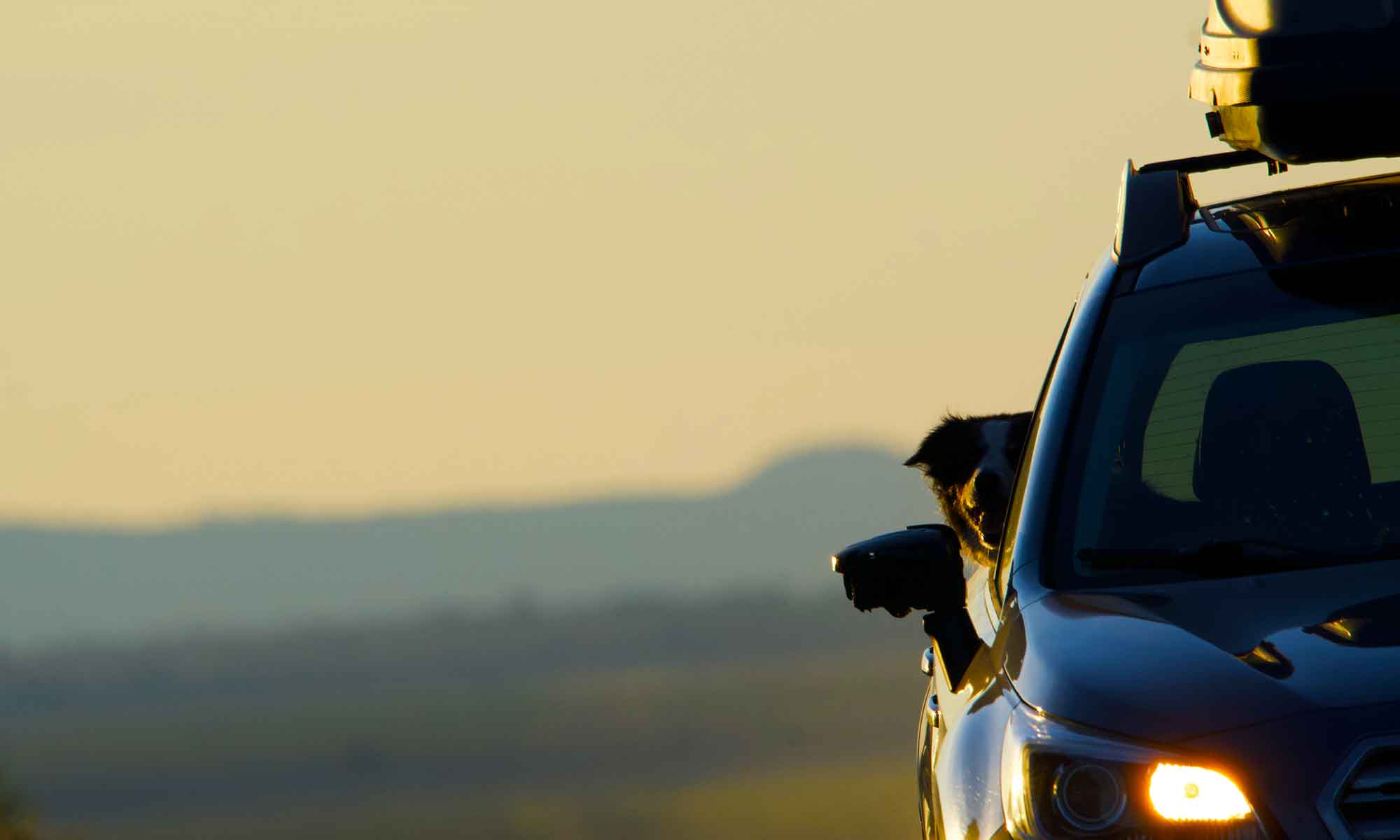
“Hurry-up” is programmed into our lives … but what’s the rush? At this point, we’re in a reset, rather than retirement.
No longer in a rush, it’s possible to see details once missed, overlooked, even forgotten … details that make a difference.

The flow of a stream stirs the surroundings. Walk up to the river and you’ll find an abundance of green growth at the base of a hill or canyon. Beautiful sights, but just a facade.

Take a seat on the edge of that river and a whole world will emerge. The river isn’t just motion, it’s a life force. Just a few quiet moments will reveal the extent of life being supported by this high desert waterway.
The fisherman will run a hand over tall grasses at river’s edge, or turn a submerged stone to coax insects out of hiding. Before stepping into the current, a scan will reveal where fish are holding and feeding. A few steps off the bank, and you’re engulfed in water sounds.
Camera in hand, a chair tucked behind a row of tall thistle, you’re in a perfect blind to watch as blossoms come alive with butterflies. The foliage also obscures you from the birds hopping about in the juniper branches or feeding from the water’s edge.


There are waterfowl as well, and today a flock of Canada Geese are spending their day foraging underwater plants.

An osprey plucks a fish from the water and alights at the top of a snag to enjoy her lunch.

 When we first pull up to the river there is a burst of activity. Cooler and camp chairs are set out and fly rods strung.
When we first pull up to the river there is a burst of activity. Cooler and camp chairs are set out and fly rods strung.
However, the bulk of our time is spent quietly watching as the river unveils a wealth of life. You just need to take a seat and observe.



















 At this point in the summer, cool is a relative term. High desert spring mornings often include frost and the need to don a hoody.
At this point in the summer, cool is a relative term. High desert spring mornings often include frost and the need to don a hoody.


























 The resort has an abundance of walking / biking trails. As you get near the Market area, bikes overrun paved tracks. However, out at the edges this isn’t the case. The nature center’s parking lot functions as a staging area for quick birding or some basic leg stretching.
The resort has an abundance of walking / biking trails. As you get near the Market area, bikes overrun paved tracks. However, out at the edges this isn’t the case. The nature center’s parking lot functions as a staging area for quick birding or some basic leg stretching.


